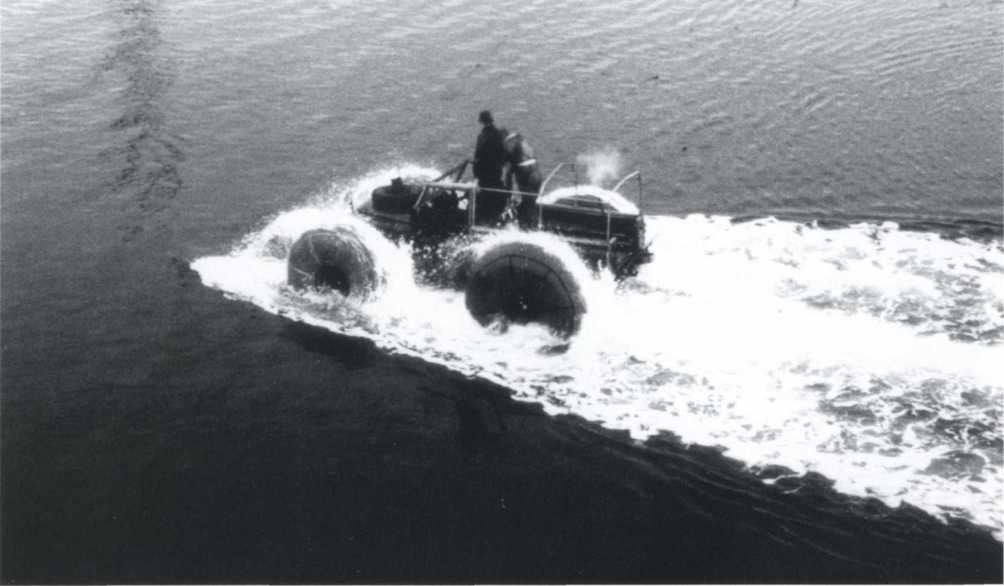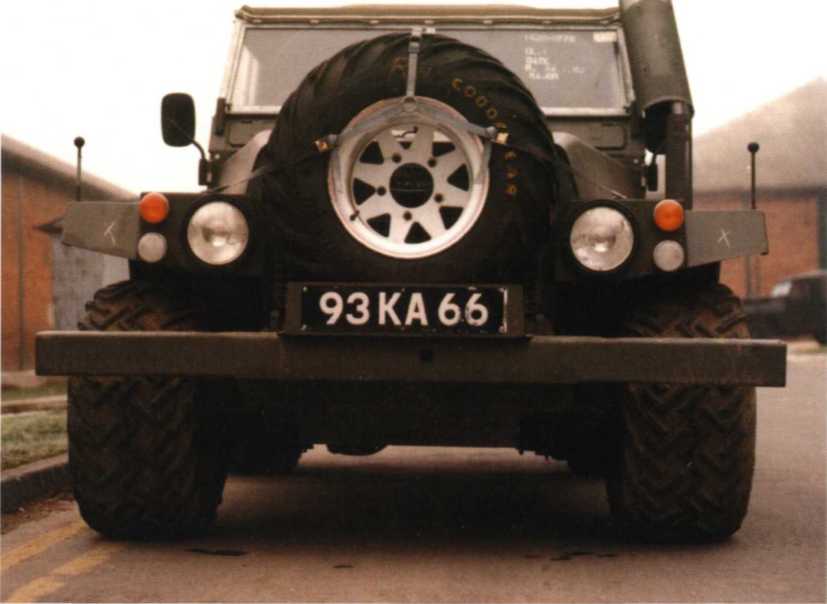In the late 1950s, Roadless Traction Limited of Hounslow, Middlesex, undertook development work on an interesting conversion to a Series II which had been created by the Forestry Commission. In order to increase the ground clearance and to provide improved traction, the Forestry Commission workshops had fitted the vehicle with 10x28 wheels and tyres on high-clearance axles taken from a Roadless Fordson Major tractor.
The turning circle was extremely poor and the large wheels meant that the gear ratios were all way too high. Although the 10x28 tyres were retained. Roadless removed the axles and replaced them with Studebaker units fitted with Kirkstall planetary hub reduction gears. In order to improve the steering lock, the front axle was I4in (36cm) wider than the rear. Needless to say, some drastic body modifications were required to accommodate the axles and wheels.
Following extensive trials. Rover gave approval to the vehicle which was marketed as the Roadless 109, with either a petrol or diesel engine.
Inevitably, the Fighting Vehicles Research 8c Development Establishment (FVRDE) were informed of the vehicle and put it through
Both pages: These low-pressure high-flotation wheels allow this Series II to effectively skim across a body of water. The major disadvantage, of course, is that the wheels would not be suitable for road use and would need to be carried inside the vehicle when not in use. (TM)

Right: Gloster Saro modified a ‘lightweight’ in the mid-1980s, equipping it with over-sized Goodyear Wrangler dumper tyres for possible use in the Falklands.
(PW)

Trials at Chertsey. It appears that the military remained unimpressed, perhaps because the truly formidable off-road performance - the vehicle could literally climb up steps - was obtained at the expense of safe driving on road surfaces.




 World History
World History









